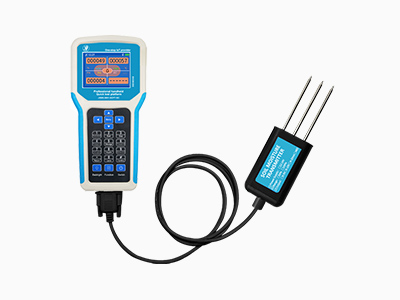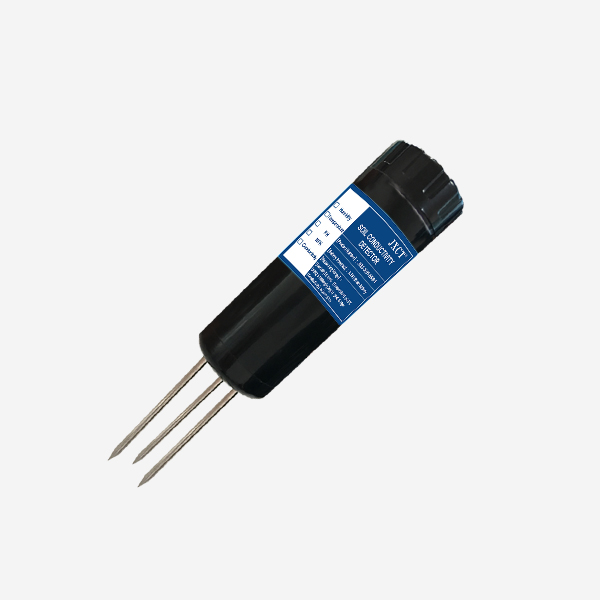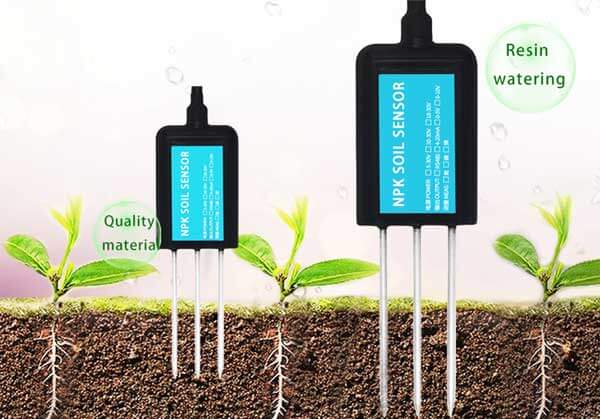Methods of using soil sensors
enhance crop growth, and increase yields. This article will explore various methods of using soil sensors, including placement techniques, data interpretation, and integration with other agricultural practices.
Methods of using soil sensors Read More »




